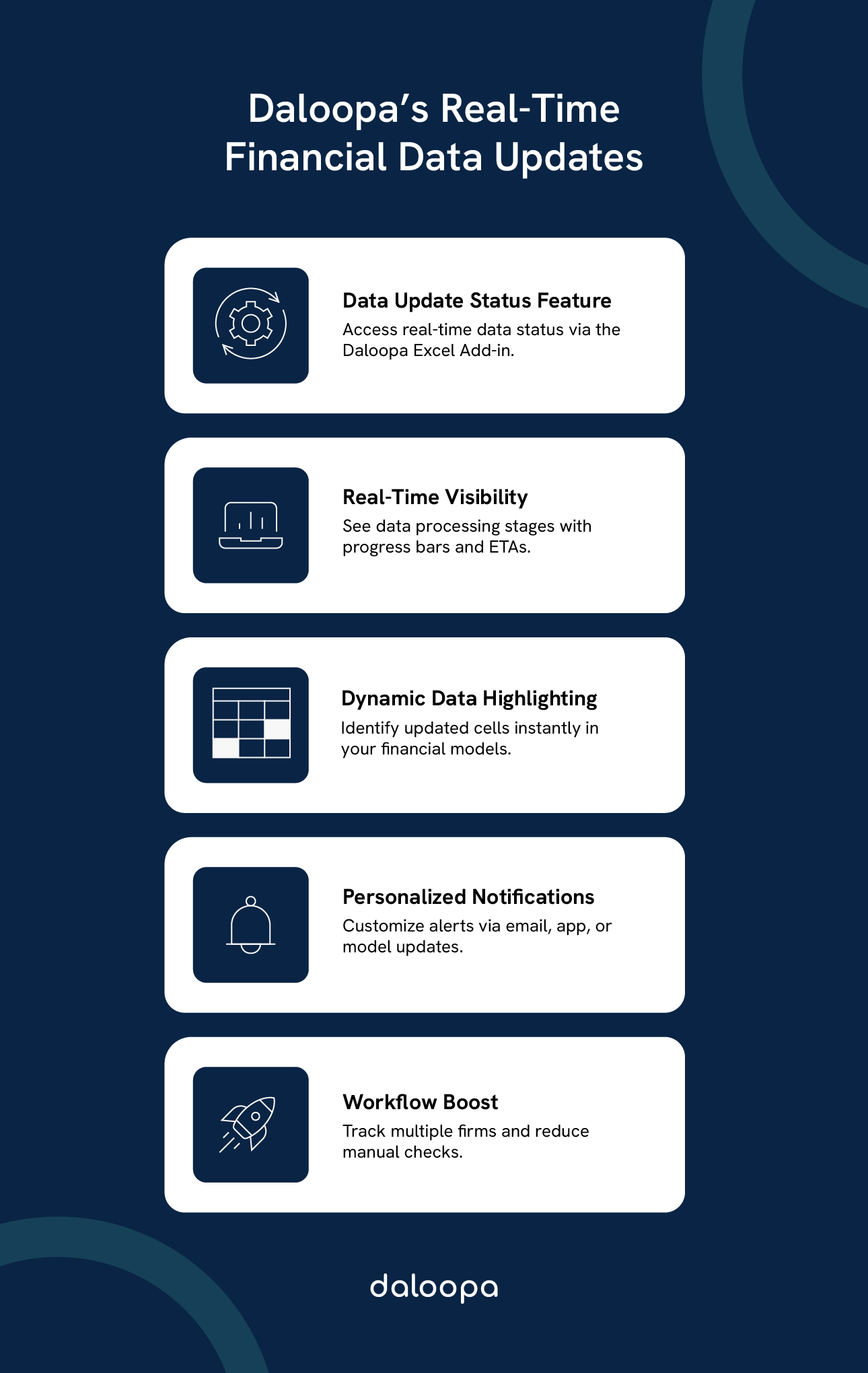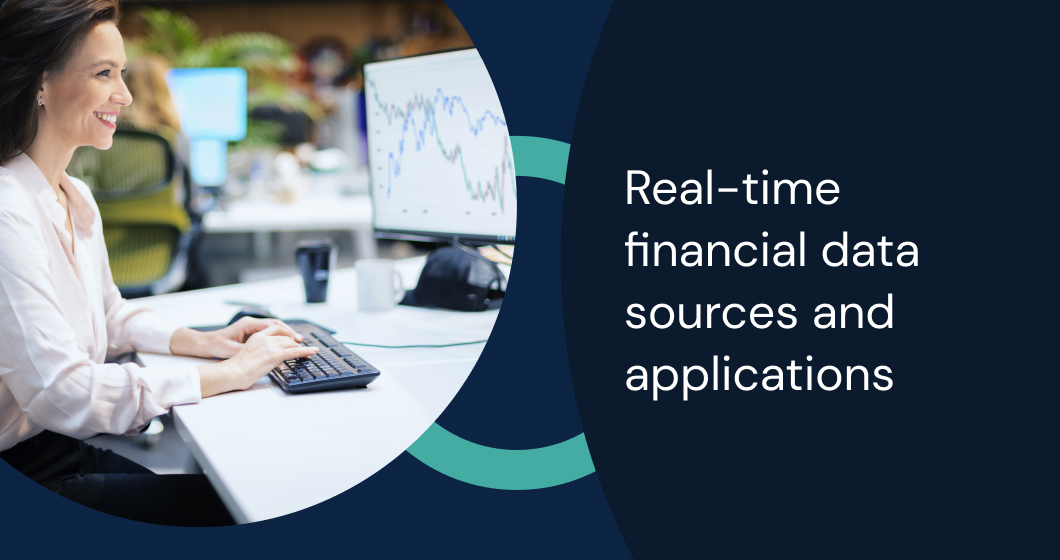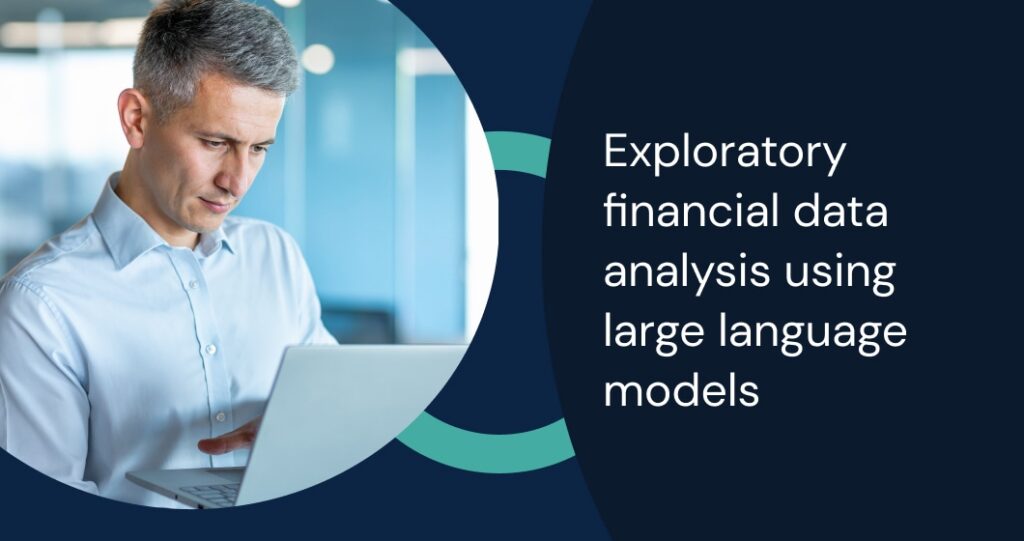Imagine a trader missing a critical market shift because they relied on outdated information. The stakes in today’s financial landscape are higher than ever. Real-time financial data sources and applications have transformed decision-making, empowering leaders to act on current insights and maintain a competitive edge. The pressure to stay ahead of rapid market changes or risk falling behind competitors underscores the importance of this innovation.
Alternative data sources, like social media analytics and satellite imagery, have redefined financial modeling, providing unique insights that enrich traditional metrics. By integrating these diverse streams, organizations can uncover multidimensional perspectives on economic landscapes. For financial firms, adopting real-time financial data sources and applications is an advantage and a necessity to thrive in increasingly volatile markets.
Key Takeaways
- Real-time financial data accelerates strategic responses to market changes.
- Alternative data sources enrich analysis with fresh perspectives.
- Integrating diverse data streams refines forecasting and boosts efficiency.
The Growing Importance in Financial Markets
Real-time financial data sources and applications have become indispensable, driving transformations across all areas of financial operations. Access to instant information offers several distinct advantages:
- Enhanced Decision-Making: Traders and investors can leverage up-to-the-second updates to respond swiftly to market changes. For example, rapid analysis of GDP reports or employment figures can lead to immediate and informed trading decisions.
- Agility in Risk Management: Continuous monitoring of market dynamics allows organizations to adjust strategies to mitigate risks, avoiding potential losses in volatile conditions. Consider a hedge fund using real-time currency data to counteract adverse fluctuations and protect portfolios.
- Algorithmic Trading Efficiency: High-frequency trading systems depend on real-time financial data sources and applications to execute thousands of trades in milliseconds. The accuracy and speed provided by these data feeds are crucial for minimizing risks and maximizing returns.
- Improved Market Liquidity: Faster transactions foster greater transparency and create healthier markets. Liquidity providers gain a competitive edge by meeting market demands instantly.
Sources of Real-Time Financial Data
Access to reliable real-time financial data comes from diverse channels, each contributing unique insights to today’s analytical tools. These sources power everything from basic analytics to cutting-edge algorithmic trading systems.
Primary Data Vendors and Platforms
Modern cloud-based solutions, including platforms like Daloopa, excel at providing low-latency data delivery, ensuring scalability for both large firms and individual investors.
Daloopa’s advanced machine learning models, for instance, automate data collection from financial filings, enabling automated financial analysis, reducing errors, and saving significant time. With Daloopa, users gain an edge through precision and speed, making it an invaluable tool in the financial data ecosystem.

Stock Exchanges and Market Indices
Stock exchanges such as NYSE and NASDAQ serve as foundational sources of real-time data, offering direct access to stock prices, order books, and volume metrics. Indices like the S&P 500 provide immediate snapshots of market sentiment and overall performance, giving investors a clear picture of the economic climate.
Direct exchange feeds increasingly bypass intermediaries, reducing latency—an essential advantage for high-frequency traders. Regional exchanges complement this, offering localized market insights critical for niche strategies. For instance, emerging markets often rely on regional data to attract foreign investors while maintaining a focus on local dynamics.
Multiple Data Sources and Integration
Combining traditional metrics with alternative inputs, such as satellite imagery, credit card transaction data, and weather reports, delivers a fuller picture of market dynamics. Retail investors, for example, can use alternative data to predict sales performance during the holiday season based on consumer sentiment and spending patterns.
Modern platforms standardize and cleanse data, ensuring accuracy and reliability. Tools like real-time data lakes facilitate high-speed analytics, enabling algorithmic strategies to process information seamlessly and uncover actionable insights. The ability to merge traditional and alternative data sources creates new possibilities for predictive modeling and risk assessment.
Applications of Real-Time Financial Data
The versatility of real-time financial data enhances decision-making, boosts real-time financial reporting accuracy, and drives innovation in trading and investment. Its applications span industries and functions, providing immense value across the board.
Enhancing Real-Time Financial Reporting and Analysis
Real-time financial data sources and applications eliminate delays in financial reporting, enabling businesses to detect trends and anomalies as they occur. For instance, a hypothetical retail company tracking real-time sales can adjust advertising spending mid-campaign to maximize returns.
Dynamic dashboards present clear visualizations of financial health, allowing executives to respond to challenges and seize opportunities quickly. Forecasting tools incorporating live data further enhance strategic planning, enabling simulations of different market scenarios for better preparedness.
Empowering Decision-Making and Risk Management
Access to real-time updates equips decision-makers with the tools to adapt strategies swiftly. A CFO monitoring currency fluctuations, for instance, can immediately initiate hedging strategies to mitigate adverse impacts on cash flows.
Proactive risk management systems rely on real-time data to issue automated alerts, identifying liquidity concerns or compliance risks. These systems also enhance fraud detection by flagging suspicious activities and minimizing potential losses.
Applications include:
- Streamlined liquidity management.
- Enhanced fraud detection systems.
- Continuous compliance monitoring.
- Adaptive budgeting and forecasting.
These capabilities empower financial leaders to maintain stability and capitalize on new opportunities.
Use Cases in Trading and Investment
Traders use real-time financial data sources and applications to refine strategies, especially in high-frequency trading, where milliseconds can dictate outcomes. Portfolio managers integrate sentiment analysis from news and social media feeds with traditional metrics to predict short-term market movements.
A hedge fund could use real-time weather data to anticipate disruptions in agricultural commodity markets, adjusting its positions accordingly to optimize returns.
Challenges and Considerations
Organizations must address security, infrastructure, and compliance challenges to unlock their full potential.
Data Security and Privacy Concerns
Measures such as encryption, multi-factor authentication, and regulatory compliance (e.g., GDPR) ensure secure data handling. Ongoing training and adherence to privacy safeguards further enhance security measures.
Overcoming Latency and Infrastructure Issues
Low latency is essential for real-time analytics. Organizations can address these challenges by investing in robust infrastructure, edge computing solutions, and distributed architectures to reduce processing delays.
Scalability is another critical factor, as growing data volumes demand efficient load-balancing systems to maintain performance.
The Future of Real-Time Financial Data
As technology evolves, real-time financial data sources and applications will transform financial decision-making even further. Innovations like edge computing and blockchain promise faster processing and greater transparency, respectively. Natural language processing will enable instantaneous analysis of breaking news, while augmented reality tools may revolutionize data visualization.
Machine learning will play an increasingly central role, adapting fraud detection systems to emerging threats in real-time and enhancing predictive modeling by integrating diverse datasets. These advancements will allow financial firms to uncover patterns previously hidden within data, ultimately advancing real-time financial reporting capabilities and empowering faster data-driven decisions.
Trends to watch include:
- Real-time financial analysis of non-financial metrics for holistic insights.
- Advanced natural language processing for immediate news interpretation.
- Blockchain integration to strengthen transparency and trust.
Gain the Competitive Edge with Daloopa
In an era where precision and speed define success, Daloopa equips financial professionals with the tools needed to stay ahead. By automating the collection and standardization of financial data, Daloopa reduces errors and delivers unparalleled accuracy. Whether optimizing reporting workflows, refining investment strategies, or enabling automated financial analysis, Daloopa ensures you remain agile and informed.
Discover how Daloopa can revolutionize your financial data management. Schedule a demo today and take the first step toward smarter decision-making with automated financial analysis.



